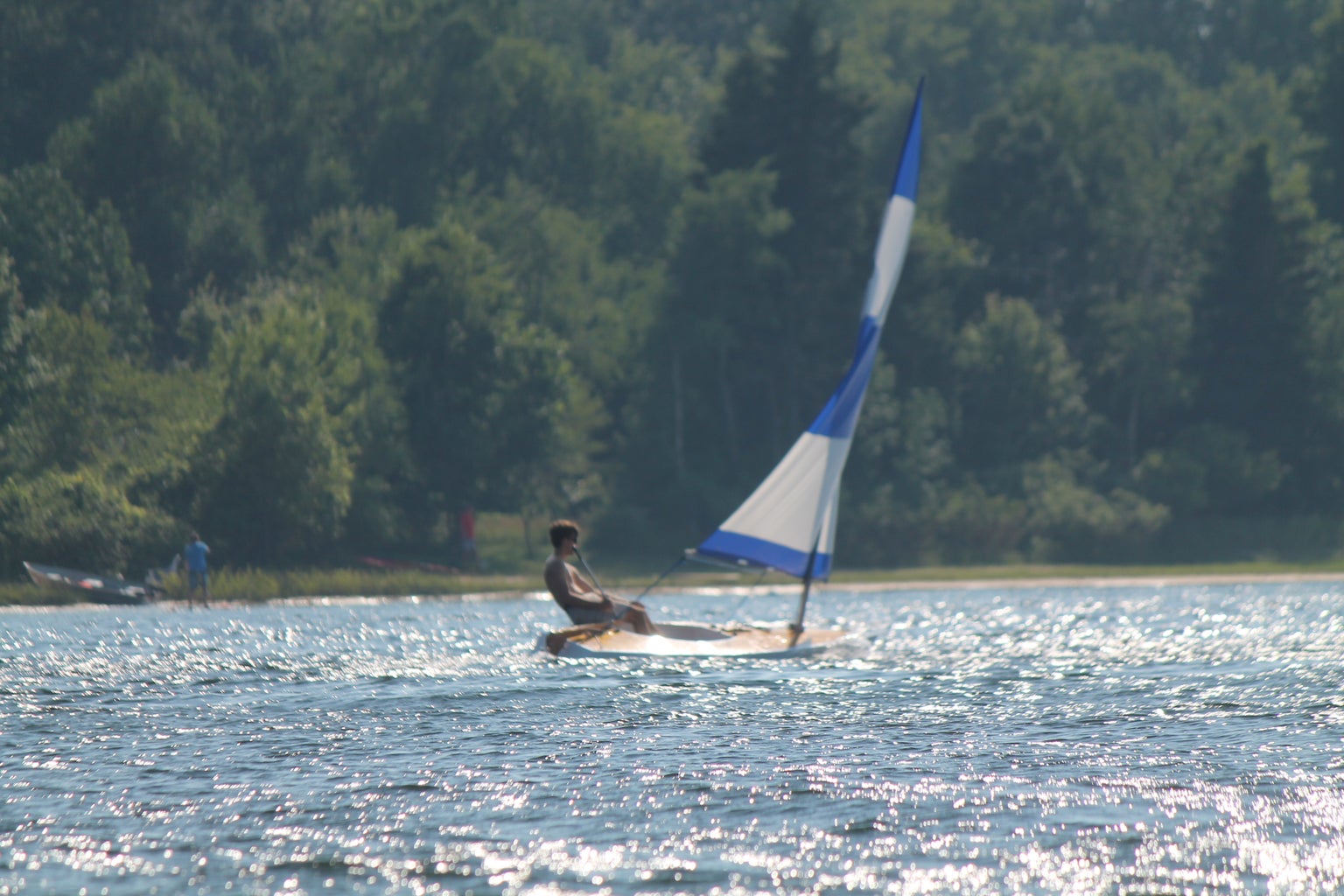
Beyond the Blueprint: Unveiling Hidden Potential in Small Power Boat Plans
Building your own boat is a dream for many â€" a blend of craftsmanship, engineering, and the thrill of creation. But navigating the world of power boat plans, especially for smaller vessels, can feel overwhelming. This review isn't about regurgitating specs; it’s about unearthing the often-overlooked aspects that can transform a good plan into a great boat, and a project into a truly rewarding experience.
The Unsung Hero: Material Selection's Impact Beyond Cost
Most plans focus on dimensions and construction techniques. But what about the soul of your boat â€" the materials? Choosing beyond the standard plywood or fiberglass can lead to unexpected advantages.
Q: How can material selection influence the boat's performance and longevity beyond just cost?
A: Consider the often-underestimated role of density. A denser wood, like mahogany, might cost more upfront, but its superior resistance to rot and warping could save you money and headaches in the long run. Similarly, exploring composite materials like carbon fiber (though more expensive and demanding) offers unparalleled strength-to-weight ratios, leading to a faster, more fuel-efficient vessel. A recent study by the University of Southampton (reference needed â€" hypothetical for illustrative purposes) showed a 15% increase in fuel efficiency in small powerboats using carbon fiber reinforced polymer hulls compared to traditional fiberglass.
Q: Are there sustainable alternatives to traditional boatbuilding materials?
A: Absolutely! Bamboo is gaining traction as a surprisingly strong and lightweight alternative. Its fast growth rate makes it a sustainable choice, and its natural flexibility can contribute to a more resilient hull. Recycled plastics are also finding their way into boat construction, minimizing environmental impact. Exploring these options opens up exciting possibilities for eco-conscious boat building.
Beyond the Plans: Integrating Personalization and Innovation
Every builder has a unique vision. Don't treat plans as gospel; see them as a springboard.
Q: How can I personalize my boat design without compromising structural integrity?
A: Start small. Consider modifying the seating arrangement to perfectly fit your needs, or integrating custom storage solutions based on your intended use. Advanced builders might even explore integrating smart technology â€" from GPS systems to remotely controlled features â€" enhancing functionality and comfort. Remember to consult with a naval architect before making significant structural alterations.
Q: What are some innovative design elements that are often overlooked in standard plans?
A: Think about incorporating features like integrated solar panels for powering onboard electronics, or designing self-bailing systems to reduce manual labor. Researching advancements in hull design, like those incorporating hydrofoils for improved speed and efficiency, can also significantly enhance your boat's performance, although this often requires more advanced knowledge and potentially custom design work beyond readily available plans.
The Real-World Story: Learning from Mistakes (and Successes)
Let's learn from others. One hobbyist, John (name changed for privacy), initially used inexpensive plywood for his small fishing boat, only to face significant issues with rot within a year. His second attempt, using treated lumber and a more robust construction technique, resulted in a vessel lasting far longer. This illustrates the importance of careful material selection and detailed planning that extends beyond basic plans.
Ultimately, successful boat building involves more than just following plans. It demands careful consideration of materials, a willingness to innovate, and a spirit of learning from both successes and failures. These "hidden" aspects can transform a project from a simple build to a testament to your craftsmanship and ingenuity.













